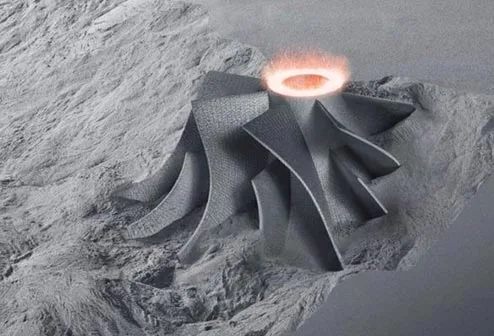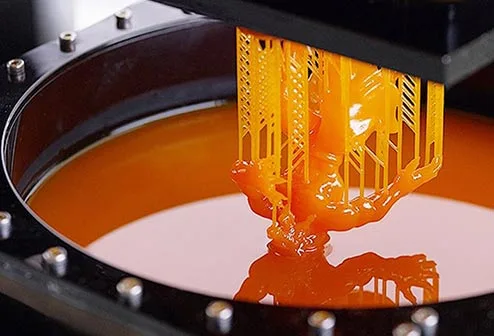Electrophoretic paint film has the advantages of full, uniform, flat and smooth coating. The hardness, adhesion, corrosion resistance, impact performance and penetration performance of electrophoretic paint film are obviously better than other coating processes.
(1) The use of water-soluble paint, with water as the dissolving medium, saves a lot of organic solvents, greatly reduces air pollution and environmental hazards, is safe and hygienic, and avoids the hidden danger of fire.
(2) The coating efficiency of electrophoretic surface treatment is high, the coating loss is small, and the utilization rate of the coating can reach 90% to 95%.
(3) The thickness of the coating film is uniform, the adhesion is strong, and the coating quality is good. All parts of the workpiece, such as inner layers, depressions, welds, etc., can obtain a uniform and smooth paint film, which solves the problem of other coating methods for complex shape workpieces. painting problems.
(4) High production efficiency, automatic continuous production can be realized in construction, which greatly improves labor efficiency.
(5) The equipment is complex, the investment cost is high, the power consumption is large, the temperature required for drying and curing is high, the management of paint and coating is complex, the construction conditions are strict, and wastewater treatment is required.
(6) Only water-soluble paint can be used, and the color cannot be changed during the coating process, and the stability of the paint after being stored for a long time is difficult to control.
(7) The electrophoresis surface treatment is complex and the technology content is high, which is suitable for the production of fixed color.
(1) Electrophoretic coating can be completely dissolved and emulsified in water, and the viscosity of the prepared bath solution is very low, similar to that of water. It is easy to penetrate into the cavity structure and crevice of the body (coated object) immersed in the bath liquid.
(2) The electrophoresis bath liquid has high electrical conductivity, and the coating particles can be active and perpetually moving and deposited on the coated object. The conductivity of the wet coating film is small, and as the thickness of the wet coating film increases, its resistance increases, and when it reaches a certain resistance value, it will no longer be electrodeposited. Based on these two points, the electrographic swimsuit has good penetrability and can generate a relatively uniform coating film.
(3) The solid content of the tank liquid is low, the viscosity is small, and the coating is less carried out of the tank by the body, and can be recycled by ultrafiltration (UF) device and reverse osmosis (RO) device.
(4) The coating film has strong adhesion and high rust resistance (the 20μm thick anode electrophoretic coating has a salt spray corrosion resistance of more than 300h, and the cathodic electrophoretic coating has a salt spray corrosion resistance of more than 1000h).
(5) The content of the solvent (water-soluble solvent) in the electrophoresis bath is low, and it cannot be ignited with a blowtorch, so there is less worry about on-site fire and explosion.
Electrophoretic plating is to put the workpiece and the corresponding electrode into the water-soluble coating, and after connecting the power supply, rely on the physical and chemical action generated by the electric field to make the resin, pigment and filler in the coating uniform on the surface of the electrode with the coating as the electrode. A coating method in which precipitation deposits form a water-insoluble paint film. Electrophoretic coating is a very complex electrochemical reaction process, including at least four processes of electrophoresis, electrodeposition, electroosmosis and electrolysis. Electrophoretic coating can be divided into anodic electrophoresis (the workpiece is anode, and the coating is anionic) and cathodic electrophoresis (the workpiece is cathode, and the coating is cationic) according to the deposition performance; according to the power supply, it can be divided into DC electrophoresis and AC electrophoresis; There are constant voltage and constant current methods.
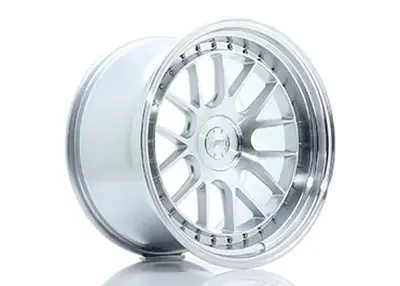 CNC Machining and Machined Wheels: Elevating Automotive ExcellenceNovember 7, 2023Are you ready to delve into the intricate world of CNC machining and its remarkable connection with machined wheels? As an automotive enthusiast and CNC machining professional, I'm thrilled to guide you through this comprehensive exploration of the dynamic interplay between precision engineering and high-performance wheels. Let's roll!view
CNC Machining and Machined Wheels: Elevating Automotive ExcellenceNovember 7, 2023Are you ready to delve into the intricate world of CNC machining and its remarkable connection with machined wheels? As an automotive enthusiast and CNC machining professional, I'm thrilled to guide you through this comprehensive exploration of the dynamic interplay between precision engineering and high-performance wheels. Let's roll!view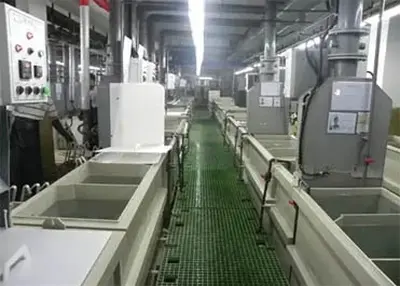 What Is a Heat Sink? 7 Tips for Choosing the Right Heat SinkSeptember 5, 2023Because of the increasing need for high-performance electronics, advanced devices with fast microprocessors and high transistor densities are being manufactured. This technical modification in such el...view
What Is a Heat Sink? 7 Tips for Choosing the Right Heat SinkSeptember 5, 2023Because of the increasing need for high-performance electronics, advanced devices with fast microprocessors and high transistor densities are being manufactured. This technical modification in such el...view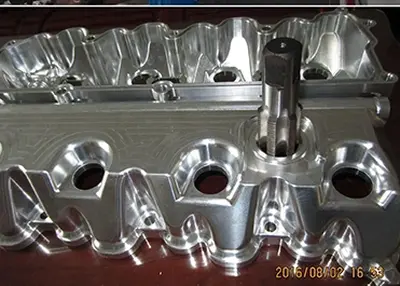 Machining Must Know the BasicsOctober 30, 2023The common forms of failure of mechanical parts are fracture, plastic deformation, excessive elastic deformation, excessive wear or damage to the working surface, the occurrence of strong vibration, the loosening of the coupling, friction drive slippage and so on.view
Machining Must Know the BasicsOctober 30, 2023The common forms of failure of mechanical parts are fracture, plastic deformation, excessive elastic deformation, excessive wear or damage to the working surface, the occurrence of strong vibration, the loosening of the coupling, friction drive slippage and so on.view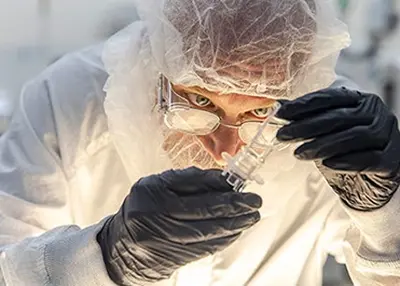 Machining Inspection ProcessOctober 19, 2023A good precision machine shop must have a first-class inspection process and inspection equipment. Here is a brief introduction to Richconn's inspection standards.view
Machining Inspection ProcessOctober 19, 2023A good precision machine shop must have a first-class inspection process and inspection equipment. Here is a brief introduction to Richconn's inspection standards.view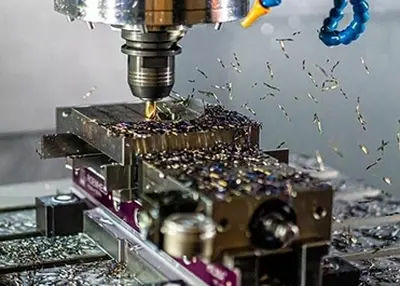 What is a CNC Machine?October 20, 2023The full name of CNC is Computer Numerical Control, and a tooling machine with a computer as the control center is called a CNC machine. The traditional tooling machines need to be manually operated to achieve a variety of metal processing techniques, CNC machine is by the engineers of the computer input product drawings, complete the product required tooling sequence, processing environment parameters and other data, by the computer according to the above instructions for automated production.view
What is a CNC Machine?October 20, 2023The full name of CNC is Computer Numerical Control, and a tooling machine with a computer as the control center is called a CNC machine. The traditional tooling machines need to be manually operated to achieve a variety of metal processing techniques, CNC machine is by the engineers of the computer input product drawings, complete the product required tooling sequence, processing environment parameters and other data, by the computer according to the above instructions for automated production.view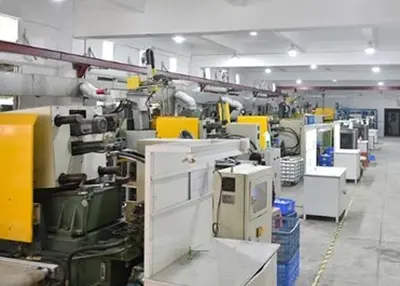 An Ultimate Guide to Medical Device ManufacturingMarch 13, 2024Nowadays, manufacturing medical devices is becoming more and more important. This article will let you know more about medical device manufacturing.view
An Ultimate Guide to Medical Device ManufacturingMarch 13, 2024Nowadays, manufacturing medical devices is becoming more and more important. This article will let you know more about medical device manufacturing.view
 EN
EN
 ru
ru 

